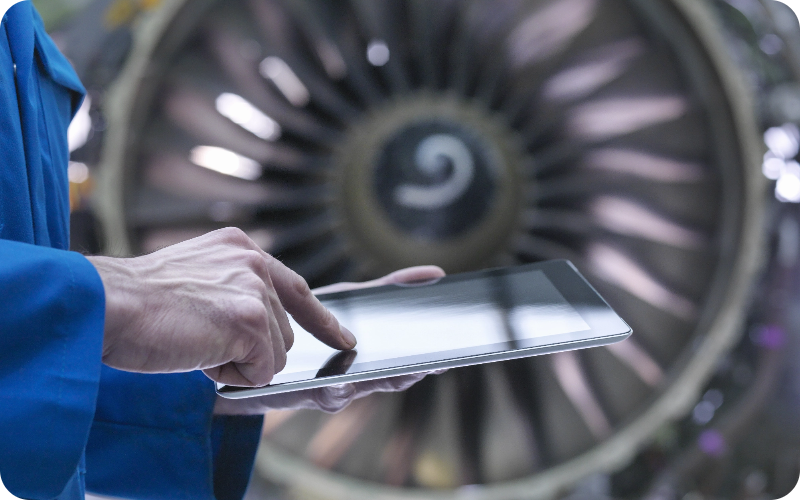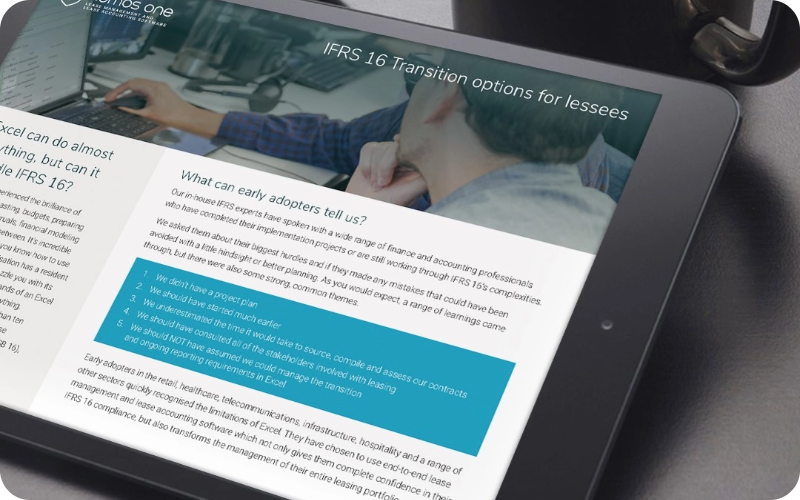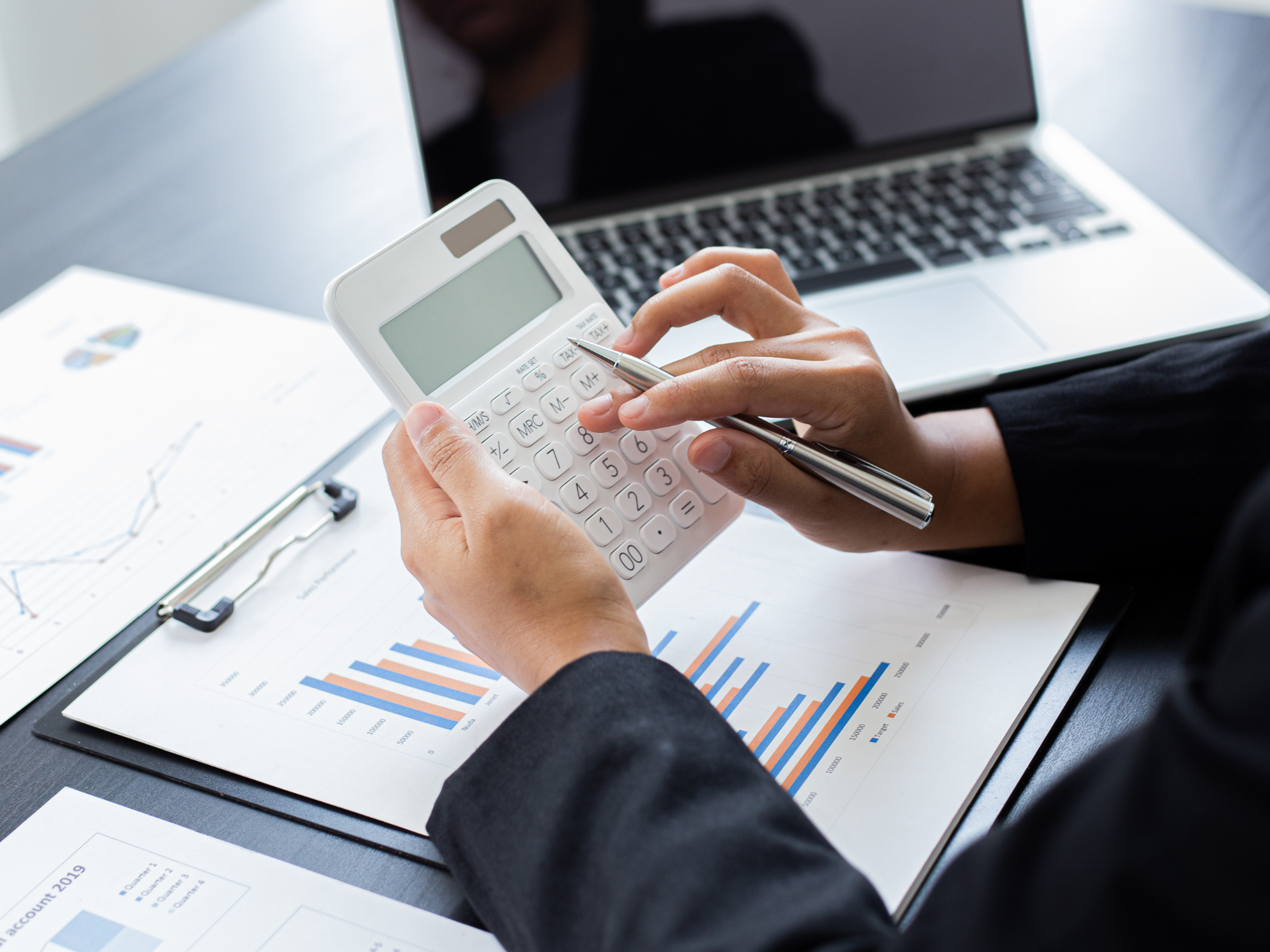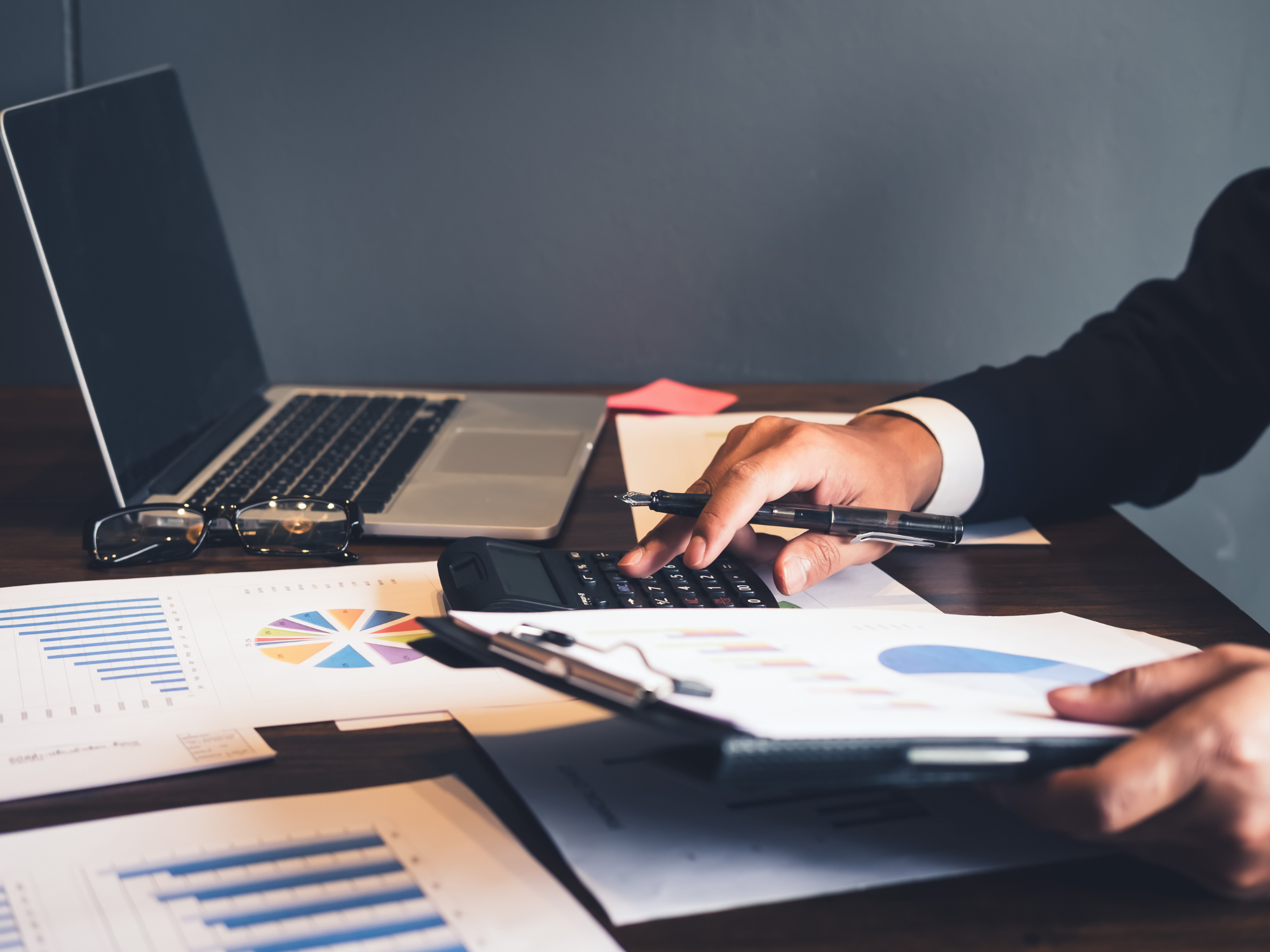IFRS 16 is complicated. When it comes time to review your balance sheet and profit and loss accounts at the end of the reporting period, it can be challenging to get an intuitive feel for how these numbers are made up. This isn’t surprising, as up to 50 different components can be included in an individual lease agreement calculation, and this is before we start accounting for any changes to this information.
That’s why we have put together the three most important reasons your team needs to include the Daily Calculation Report (DCR) as part of your Nomos One lease accounting toolkit.
Getting to grips with the detail
The DCR uses the language of accountants to establish precisely how each balance sheet and profit and loss account is calculated over every day of the lease. This spreadsheet uses formulas & cell referencing to give the entire financial model of the lease for the information currently entered through the agreement.
This allows users to get in behind the numbers and see how their balance sheet accounts are calculated at a time that otherwise would be a number on a screen.
Understanding the payment series (the bread & butter of lease accounting)
If you want to understand something, first you need to understand its underlying mechanics.
The mechanics of lease accounting all come down to the payment series. The payment series is the projected lease payments extending over the expected life of the lease, and these payments are then discounted back to reflect the lease liability.
As the payment series extends into the future, assumptions have to be made around what the rent might be when there are lease events such as CPI rent reviews, market rent reviews etc. New information is added to the model as the future becomes the present. Adjustments are made to the payment series to reflect the actual rent amounts agreed upon following the market rent review (for example).
The DCR has a tab showing all of the different payment series that have been active at various points during a lease’s life. This allows a user to quickly check changes made to the payment series and review that the current payment series makes sense.

No, this is not a bad joke. What do a wine barrel, weather station, telecoms tower, and aeroplane all have in common? In the world of lease accounting, all of these things can sit under IFRS 16 leases.
Wine barrels
Apologies, accountants, as the next time you treat yourself to a bottle of Central Otago Red, you may be reminded of the complexity of the lease agreement that helped produce that bottle.
Many barrels are leased, and you bet the lease tenure is affected by the wine time. The average entry-level wine ages for 3 to 5 years, passing the required IFRS 16 lease length – so as that pinot is appreciating, that barrel is depreciating!
Weather stations
Leased land and equipment – there can be a lot of IFRS 16 leases behind a weather report! These involve long leases and expensive equipment – and they must be brought onto the balance sheet.
Lease accounting doesn’t need to be dark and stormy with Nomos One.
Telecoms towers
These are long leases, but as technology continues to grow, there is an increasing demand for telecommunications, especially now with the introduction of 5G – meaning there’s more for our accountants to include in their reporting.
This is an interesting political space as China moves to expand its 5G network across the world. This infrastructure is costly – and some will likely be financed using leasing.
Planes
In the 1980’s aircraft operating leases represented less than 5% of the overall aircraft operating market – that number has now grown to over 40% and is expected to increase.
This aviation industry rise in operating leases could be partly explained by offering a form of off balance sheet financing for airlines under the old reporting standard. With the release of IFRS 16, these fleets of operating leases had to be brought onto the balance sheet as right of use assets.
The aviation industry has had a very tough 18 months as they navigate COVID, with air travel down 60%. Unfortunately – the typical lease term for new aircraft is 8-12 years, meaning much of this cost is locked in for the foreseeable future.
Software development
Have you ever considered leasing the software you’re developing?
While this sounds weird, financing comes in all shapes and sizes, including IFRS 16 leases. This involves paying off your software contractors via instalments – and while intangibles are a bit of a fringe case under IFRS 16, they can still meet the leasing reporting requirements.
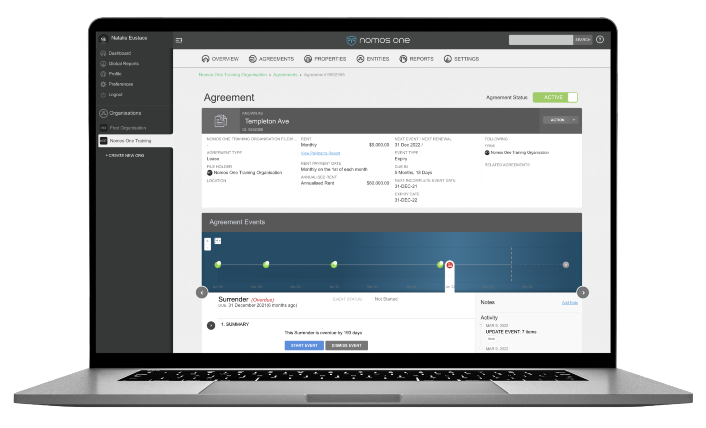
What do they all have in common?
In lease accounting, all the above are classed as assets and liabilities.
IFRS 16 reporting requires a lessee to recognise assets and liabilities for all leases with a term of more than 12 months unless the underlying asset is of low value. You can read more on the standard here.
Although IFRS 16 is dominated by property and vehicle leases, there are a whole range of IFRS 16 leases to report on. These are just a few weird and wonderful types of lease assets our customers report on with our software.
Our software allows customisable fields, automatic workflows and dashboards to enable effortless reporting. Book a demo today to find out how we can help you with your lease accounting requirements.




